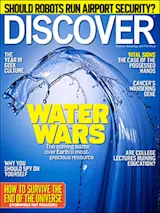Teaching well is hard. I can cite my direct observations of the hundreds of victims of my occasional efforts over the years as a teacher of physics and writing. As I have stood lecturing brilliantly to a few dozen purportedly eager collegians, it has not escaped my attention that at any one time only three or four seem awake enough to keep up with their text messaging.
Clearly the problem is not the content or presentation style of my lecturing, which, as I may have neglected to mention, is brilliant, or so I was once assured by a student who stayed after class to ask for a sixth extension on an assignment. Then again, from what I recall of my college days, I wasn’t exactly on the edge of my seat at my professors’ lectures, either. And most of my fellow lecturers don’t report much different. Could the problem be ...















